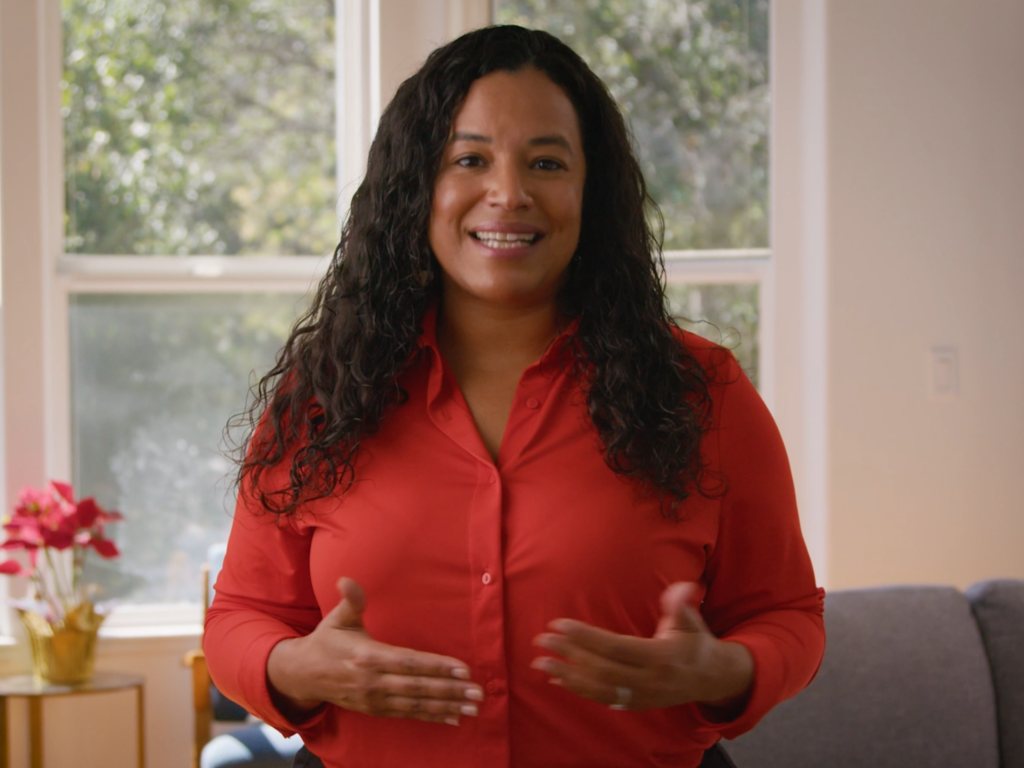I just got an email from a friend the other day asking for my mailing address to send me a holiday card. When my kids were toddlers, our holiday cards went out about a month late too. Here at NewSchools, we have lots of toddler-aged ventures that keep us too busy to post our New Year’s reflection right at the beginning of January. So, better late than never, here are my reflections from 2013, many of which are stories to watch in 2014:
10. The Ultimate Treasure Hunt
In Spring 2013, Caroline Hoxby and Christopher Avery published “The Hidden Supply of High-Achieving, Low-Income Students,” which described college “undermatching,” in which low-income and minority students who are qualified to attend selective colleges based on their grades and test scores are nevertheless steered towards less- or non-selective schools. The idea of sorting students into more limiting options based on how much money their parents make is contrary to our ideal of the American Dream. We’re watching the growth of organizations like Equal Opportunity Schools and efforts of colleges like Franklin & Marshall, who are starting a trend of correcting this inequity in opportunity. Let’s hope that in 2014, we can put undermatching on our “out” list.
9. The Next Arms Race
Across the globe, countries are providing universal access and 1:1 devices. In the US, less than one-third of schools have high capacity broadband…compared to 70% of households. High capacity broadband is essential for teachers and students to use a full array of tools and programs for learning…not to mention to adequately administer the new computer-based Common Core assessments. E-Rate helps schools and libraries get access to affordable telecommunications and internet connectivity, but the 18-year old federal program sorely needs an update to reflect today’s technology. The Federal Communications Commission’s revision process started in 2013 with public comments. Yesterday, President Obama announced that the FCC will double the funding for broadband to $2 billion, which will be combined with $750 million committed by the private sector. Any day now, we may see the instructions for how to access these funds, coming to a school near you (Keep your dial-up modem connected until then!).
8. The Next Arms Race, Part II
Even dark fiber and 1:1 tablets won’t help improve learning outcomes if they are not used well (Witness the past proliferation of expansive smart boards used as…plain old white boards). So far, most “blended learning” is helping students master basic skills at their own pace, which is certainly an improvement over “one-size-fits-all” delivery of instruction, but it leaves a lot of potential on the table. In 2014, I’m hoping to see many more examples of technology used to create opportunities for students to create and innovate.
7. A Growth Mindset for Teacher Colleges
In June 2013, National Council on Teacher Quality released a much-needed evaluation of 1,200 teacher training programs. The upshot: fewer than 10% earn above three stars out of four. Factors contributing to the low scores include a selection bar that is too low and content that is not at the level of rigor required by the new Common Core State Standards. Predictably, groups like American Association of Colleges for Teacher Education roundly criticized the results and NCTQ ended up providing corrected scores to address some of the complaints. But grading systems like NCTQ’s and some states’ will continue to get attention and will be refined. The resulting transparency and accessibility of information about what is happening (or not) in teacher training programs will raise the pressure to improve teacher training. Teacher training programs that take a growth mindset about their own work, and continue to update their practices, will ultimately create the most benefit for students. Uses the phrase “teacher training” three times in two lines
6. Coding is Cool
It used to be that the kids who could program computers were the ostracized nerds in the back corner of the high school lunchroom. Now, thanks to campaigns by organizations like Code.org, coders are proud to have role models like will.i.am and Chris Bosh, and 25 million students across the country have learned an hour of code. In 2014, I’m looking forward to seeing the number of schools that teach coding to grow to more than 10%, and for coding to become a legitimate subject accepted as a credit-bearing alternative to existing math or science course sequences.
5. A Seat at the Table
Featured in many presidential speeches, 2013 was a big year for Early Childhood education. Thirty-eight bills across 28 states were passed to improve early childhood education. Minnesota created a new pre-K scholarship program for low-income families; Texas and North Dakota creatively used K-12 and local tax funds to fund early childhood programs. Hawaii and Mississippi established their first statewide voluntary pre-K programs. Now, 41 states provide public funds for programs serving 4-year-olds. Let’s get to 45 by the end of 2014.
4. Swing for the Fences
In 2013, education policy became a swing factor for NYC Mayor DeBlasio and Boston Mayor Walsh. Will it also become a key issue in this year’s mid-term elections? Let’s see what unfolds in 2014.
3. The Polish are coming?
Program for International Student Assessment (PISA) rankings were released in 2013 (They are released every three years). Most headlines did not contain new news; the US has been in the middle of the pack on PISA for decades. But it was interesting that we had some state-level data for the first time and that Massachusetts scored quite well: 4th in reading, 7th in Science and 10th in math. Students meet the bar that adults set for them, and the Bay State’s proficiency standards for students in English, math, and science have been world-class for a while. So it shouldn’t be a surprise that Massachusetts students do well on the PISA tests, which include questions to measure critical thinking and problem-solving. This brings us to…
2. The Common Core State Standards
The wrath of the Tea Party descended upon Common Core State Standards in 2013, resulting in a few states questioning their commitment to these new standards. It’s just the beginning. In the early adopter state of New York, the higher bar resulted in a steep drop in test scores – and a comparably steep rise in furor. And the uproar will be louder this year as the new tests are rolled out and schools all over the country prepare to administer the new computer-based tests for the first time. Remember the Y2K frenzy that turned out to be much ado about nothing? Let’s hope that this change is equally non-apocalyptic, but marks a valuable epochal shift for students.
1. Undersecretary of Education Nomination
NewSchools’ longtime CEO, Ted Mitchell, has been nominated by President Obama to be the next Under Secretary of Education. This is a great loss for NewSchools, but wonderful for our country. Ted is a visionary leader who is deeply committed to equity of access and opportunity for all children. I’m looking forward to watching him accomplish great things for our nation’s higher education system in 2014…and beyond.


